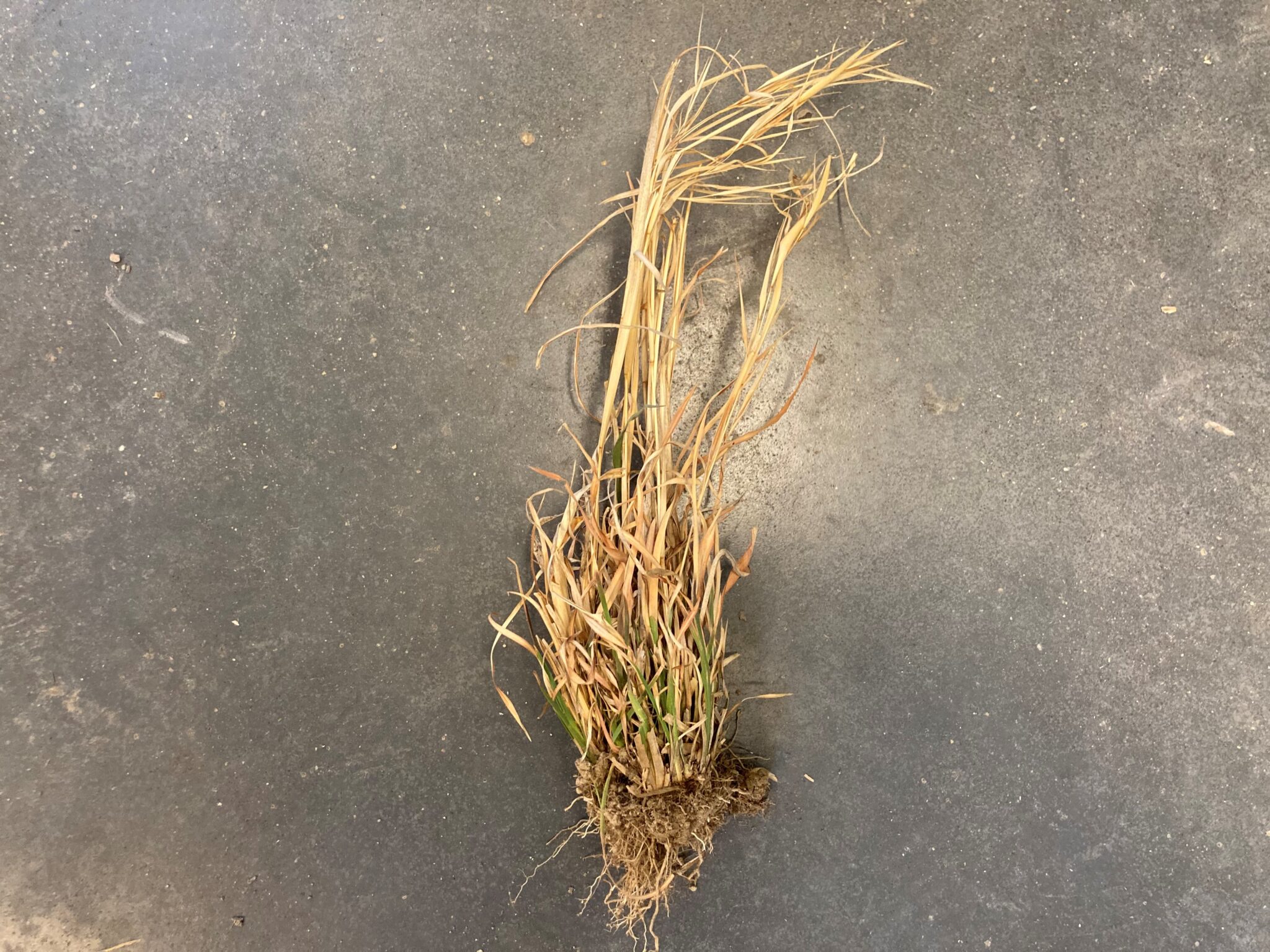
I once thought that broomsedge bluestem was a southern Indiana plant only, but as the years have gone by I see the plant all over Indiana.


I once thought that broomsedge bluestem was a southern Indiana plant only, but as the years have gone by I see the plant all over Indiana.

A new program, the “Midwest Grazing Exchange”, was developed to match landowners and livestock owners.
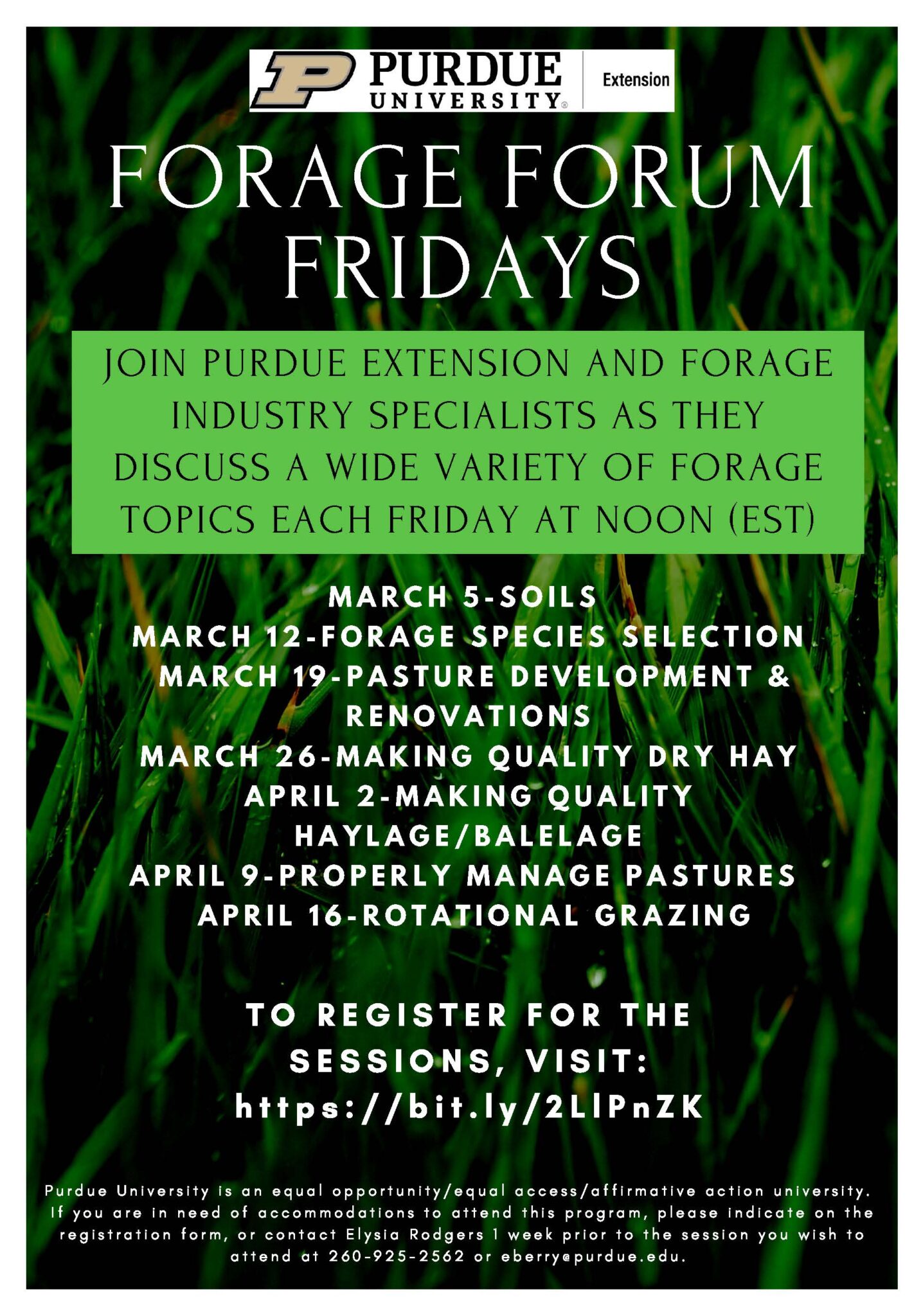
Purdue Extension and the Indiana Forage Council are planning two forage education events that will be a great opportunity to expand your knowledge about managing forages.

Have a forage resource without livestock?

Switchgrass (Panicum virgatum L.) is a native perennial warm-season grass that is adapted as many ecotypes across North America.
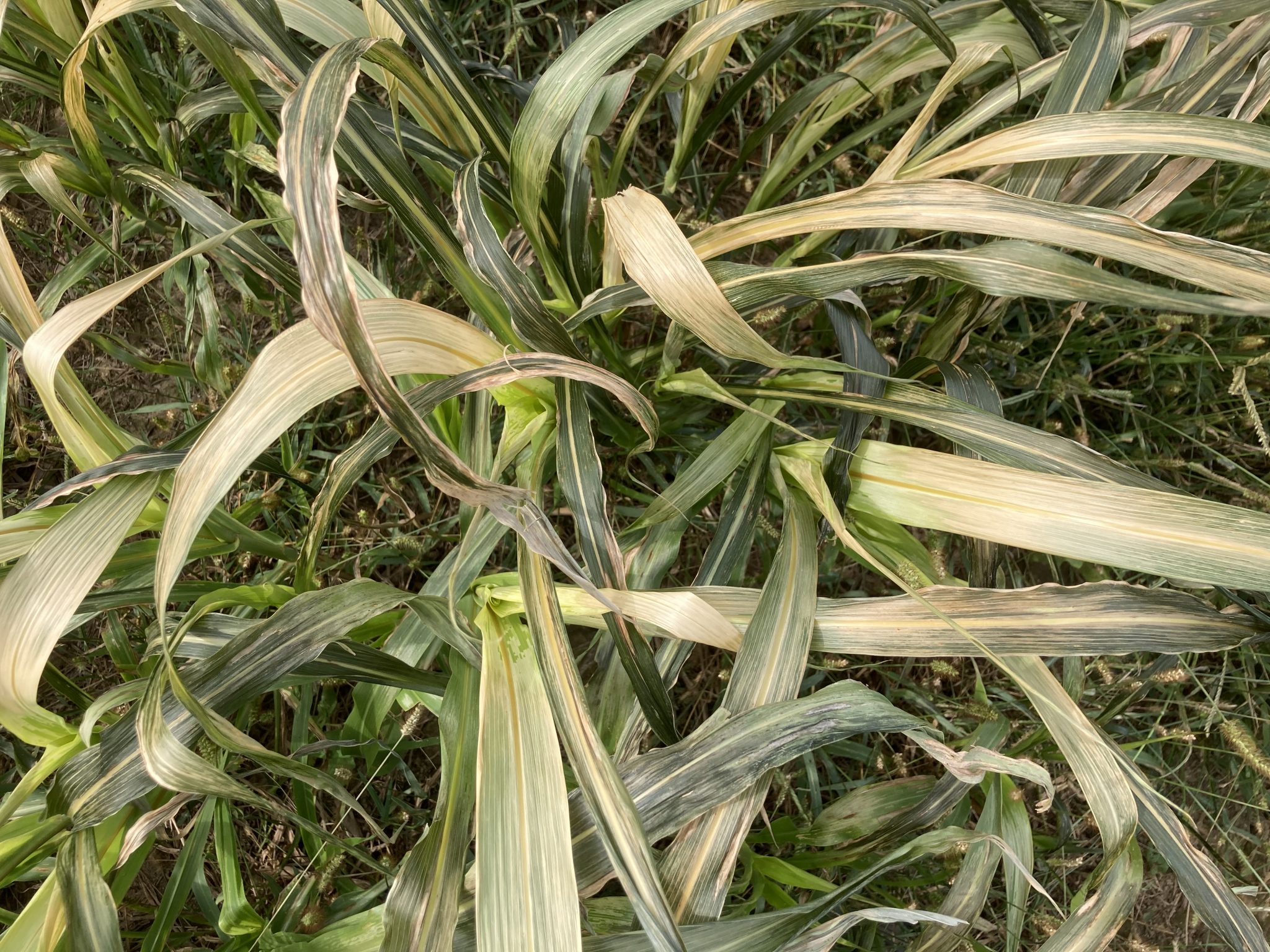
Livestock producers wanted to know more about the risk of prussic acid poisoning when members of the sorghum family (sudangrass, sorghum-sudangrass, and forage sorghum, and Johnsongrass present in pastures) are being utilized after a freeze event.
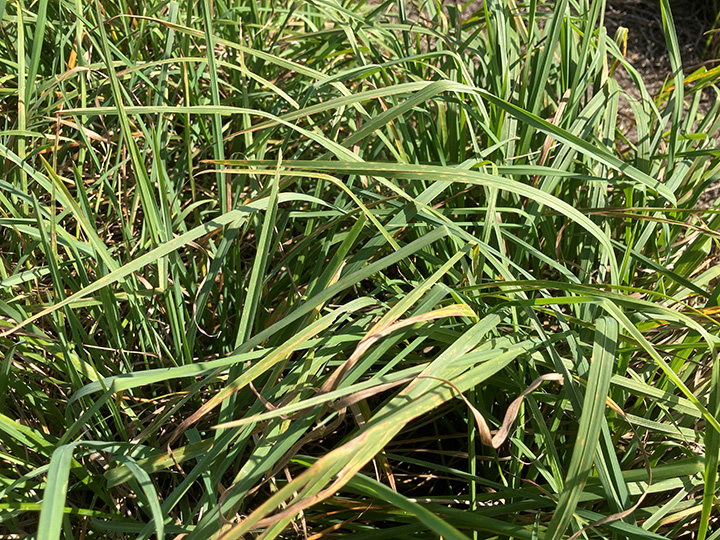
This year’s forage growing season is coming to an end.
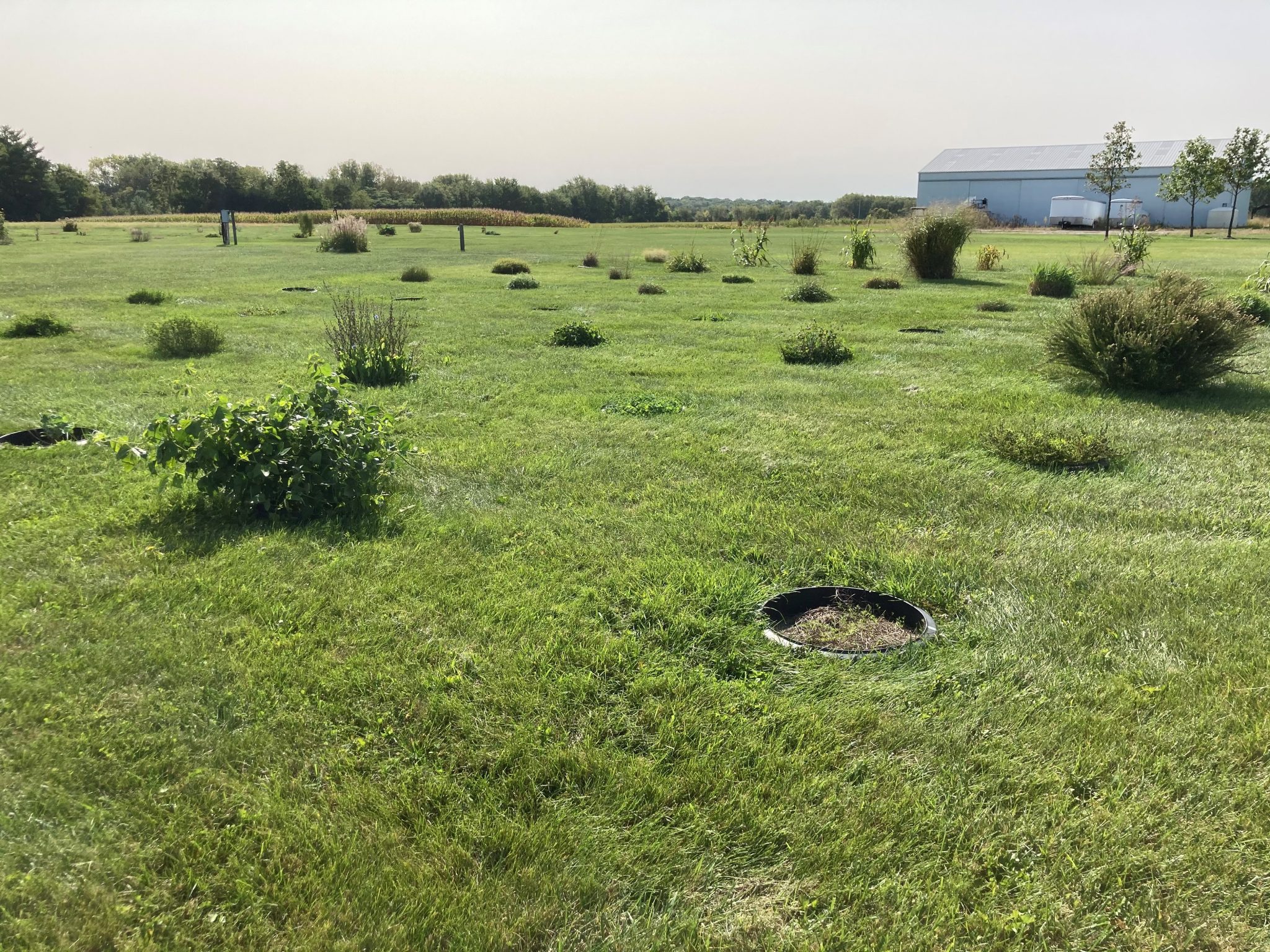
Plants are around us no matter where you live.

When early September arrives, hay harvest is coming to a close for another year. It is important to now follow through and Sample, Test, Allocate, and Balance or STAB your hay. Doing the STAB is an important best management practice to keep your livestock healthy.

I had the opportunity yesterday to deliver a laboratory lesson to over 40 Purdue University undergraduate agriculture students enrolled in Dr. Ron Lemenager’s beef management class.
© 2025 Purdue University | An equal access/equal opportunity university | Copyright Complaints | Maintained by Pest&Crop newsletter
If you have trouble accessing this page because of a disability, please contact Pest&Crop newsletter at luck@purdue.edu.